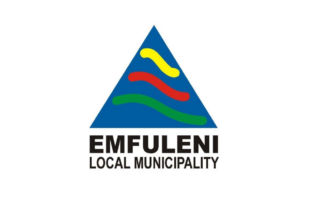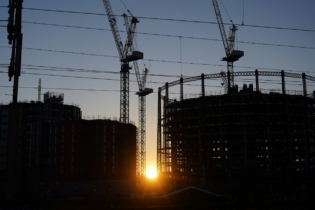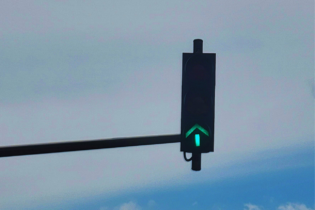Basil Read’s building division has completed the second phase of the construction company’s new headquarters (pictured), with most of the group’s divisions and some subsidiaries taking occupation as of 30 March 2012.
In early 2011, Studio mhr Architects were approached by the company to design a 11 500m² phase 2 office building. Taking just over one year to complete, the phased approach allowed the construction company to develop according to their growing needs. The new offices, situated on the corner of North Rand and Romeo streets, Hughes, Boksburg are known as the Basil Read Campus and is now the new base for over 400 employees and some of its subsidiaries. “The brief required us to take cognizance of the design principles and concepts utilised on the initial phase, thus ensuring cohesion and flow between the two buildings,” says Henry Eksteen of Studio mhr Architects. “The vast scale of the structure allows the building to visually interact with North Rand road whilst still maximising exposure along Romeo street. “The building’s envelope has been designed to create a well-defined entertainment area which offers privacy from the busy surrounding roads. The courtyard space creates a welcoming relaxed atmosphere for visitors and plays a very important role in the overall work environment of staff. As part of the brief we were also required to maximise the developmental capacity of the site, thus one of the challenges was to incorporate green areas. To overcome this obstacle we reverted to the context of phase one, and designed the new phase to incorporate the green areas of the adjacent site. This allowed us to fully develop the site but still retain a sense of openness and a connection with nature.”As is good practice, the architect incorporated ‘green’ building initiatives with regards to water saving and energy efficiency. Rainwater from the roof and groundwater from the sub-soil drainage system is collected and used for irrigation. To further reduce water consumption and increase biodiversity only indigenous plants were used in the landscape.
Large glazed façades were incorporated into the design to reduce dependency on artificial light and also ensure that uninterrupted views to the outside were assured no matter where in the building the user is. The large concrete overhangs on the northern façade posed a structural challenge for the engineers but once constructed the importance of these shading elements on the facade were evident. Inside the building, taps operate electronically to reduce waste, motion operated light sensors switch energy efficient lights on only when required and heat energy is harvested from the air conditioning system and diverted back into the hot water system, eliminating the need for any other means of heating water.https://infrastructurenews.co.za/3s-composition/uploads/2012/06/Basil-Read-Building2.jpg
Facets Interiors were tasked to design the office interiors for phase 2 in a way that would reflect Basil Read’s corporate image, whilst also complementing the interior of the buildings public spaces. “The ideas in phase 2 are different from phase 1 but do lead very well from phase 1,” says Facets Interiors director Sarah Mentis. “The project is contemporary and the interiors are sleek and clean in keeping with the architecture of the building. The graphics tell the story of the company’s different business divisions as well as providing beautiful artwork to the spaces.”








